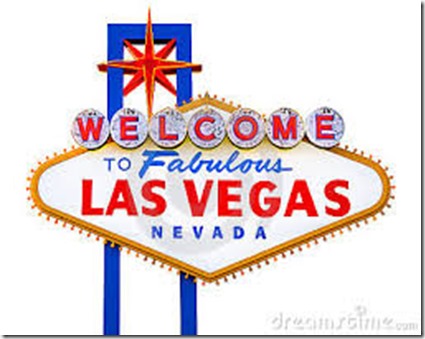I was somewhat amused (and somewhat bemused) by an article I saw earlier this week about a young woman working at  JCPenney in Sioux Falls, South Dakota, who was sent home from work for wearing shorts that she was told were “too revealing.”
JCPenney in Sioux Falls, South Dakota, who was sent home from work for wearing shorts that she was told were “too revealing.”
JCPenney is certainly entitled to have a dress code. And I’m enough of an old geezer to say that an outfit that’s fine for working at a summer camp, or an ice cream shop, or even a store that catered to juniors, may not be the right look for fuddy-duddy retail. Into which category I would toss JCPenney. (Not to mention: wouldn’t you be cold wearing that outfit in an air-conditioned store?)
But I don’t see this getup as “too revealing.” And I can understand Sylva Stoel’s bemusement: she bought the shorts in the JCPenney’s career section.
Stoel said:
…that during her job orientation, her manager had never mentioned shorts, but had said denim, T-shirts and spaghetti straps were prohibited, and skirts could not be “too short.”
Stoel said she had seen co-workers show up in denim and men’s undershirts, but they weren't sent home. (Source: HuffPo)
Ah, whose definition of “too short” are we following here? That of a normal, everyday person, or that of Sister Mary Filter of the Holy Smokes*?
I came of age during the first mini-skirt wave, and, in retrospect, I had plenty of skirts that weren’t much bigger than a loin cloth. I remember quite fondly a purple jersey dress that just about hit my thighs. A blue striped wool skirt that I adored. A green and blue tee-shirt dress (heavy on the tee-shirt, light on the dress.)
I never wore “hot pants” (now there’s a name), but I had any number of pairs of cut-offs. My rule on shorts and skirts – which I believe in to this day, when I’m well beyond being in any danger of violating it – is that, if any part of your ass cheeks show, it’s too damned short. (That said, did I once really have a pair of cut-offs that were so short that the bottom on the pocket dangled out?)
Anyway, I was never all that outrageous, not by the standards of my day, let alone the far more out-there standards of this day and age. But, I did my part. Hey, I was young, and what better way to bug your parents?
My mother was the prude of all prudes when it came to clothing. Shirts were best buttoned up to the chin. You wouldn’t want to reveal any clavicle, would you? Skirts were best down to the knee. Better yet, below it. Shorts should be Bermuda length. None of this cut-off nonsense.
My sisters and I used to say that Liz’s dress code revolved around three categories: TS (too short), TP (too plunging), and TB (too black: for some reason, she didn’t believe girls – i.e., anyone under the age of fifty – should wear black).
Anyway, by the time I was ready to start violating the TS/TP/TB rules, I was one foot out the door, heading off to college and on my own. Once I got to college, I mostly swapped out one uniform – 12 years worth of parochial school green jumper and white blouse – for another: jeans and a sweater. If I had on a skirt, I was probably wearing a black turtleneck with it. If I had on a skirt, it was probably to wear when I worked retail at Filene’s or Jordan’s (where I mostly remember wearing a corduroy jumper (short), black and black tights. As for dresses, they were quite rare. My father’s wake and funeral; the weddings my friends started having after we graduated.Mostly if I had a dress on during college, it was a white nylon waitress dress.
During my career-career, I went from wearing menswear women’s power suits, to skirts and jackets, to slacks and jackets, to slacks and sweaters. These days, when I meet with a client I’m in a pantsuit for the first meeting, and a skirt or pants, and a decent top, thereafter.
There were no circumstances during my career-career in which shorts of the JCPenney career variety would have been appropriate. Just not done. But I can see that Bermuda-length, dressy shorts might work. (Just not for anyone my age.)
As for Sylva Stoel’s attire. That depends. As I’ve said, I think it would work in the junior section or the kids’ department, maybe not in men’s suits. But it’s hardly over the top or outrageous. I think JCPenney has to firm up their dress code, and, maybe, redefine what gets carried in their career section.
By the way, Sylva Stoel tweets under the handle queen feminist. I have to say that it does my old bra-burning, don’t iron while the strike is hot, Ms. subscriber, Our Bodies, Ourselves reader’s heart good to see a millennial feminist in action.
Unlike Sylva Stoel, I don’t see work-related dress codes as being a major feminist issue.
“Unfair dress codes affect millions of women, and it’s time to speak out against them,” she said.
But, hey, I’m no longer on the barricades.
Do people still say, “You go, girl!”





